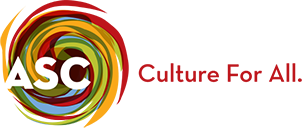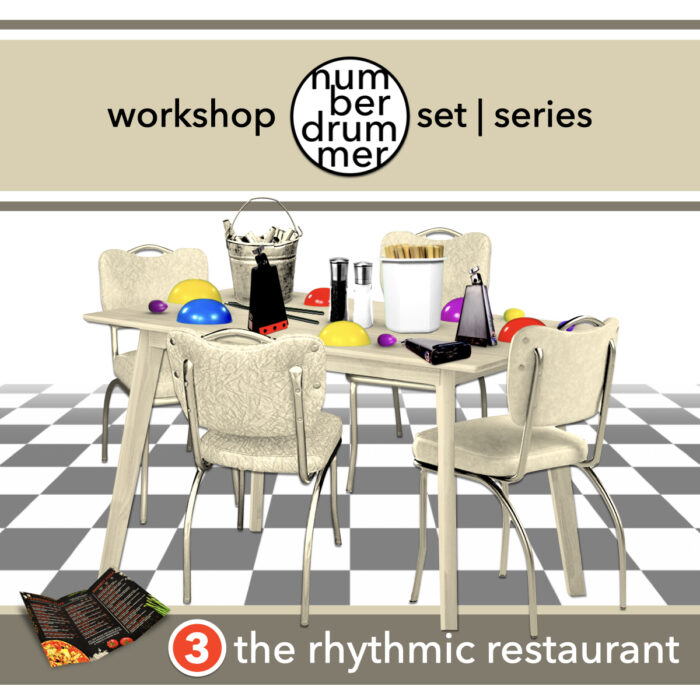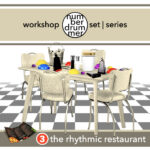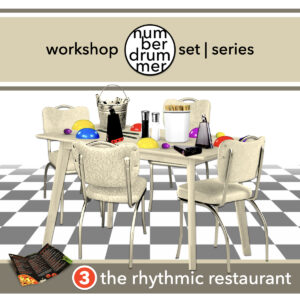Number Drummer
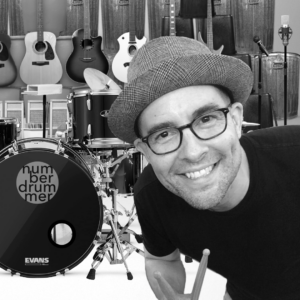
Number Drummer creator, Troy Kryzalka, has worked in music and education for over 20 years. Along with being a musician and classroom teacher, Troy has worked in curriculum and instruction as a trainer, coach, and developer. Number Drummer was created because Troy struggled to learn and understand
…
View moreEducator CONTACT INFO
SELECT A PROGRAM
"THE RHYTHMIC RESTAURANT" | Number Drummer Workshop 3

Program Description
This workshop demonstrates theatrical creativity through mathematics. Students practice, perform and present their mathematical rhythms through a creative “real-world” dramatization. Requires space with tables and chairs. Classroom or media center is ideal.
📊Math Focus: Repeated-Addition, Multiplication, Division, and Fractions.
🥁Music Focus: Beat, Rhythm, Timbre, Dynamics, Tempo, and
Booking / scheduling contact
Program Detail
Based upon availability
Based upon availability
1. Room with minimum 8 Tables and 8 chairs (Media Center is ideal space)
2. Promethean Board or Smart Board
3. 60 minutes for set-up / 30 minutes for pack-up
Number Drummer Performances and Workshops are hands-on interactive experiences where audience members are active participants that work together to create and present a musical performance. During the experience, participants share drumsticks, cowbells, buckets, plastic bins, and other objects. Participants are also seated and grouped together according to the sound, instrument, or part they are assigned. Because it is a cooperative learning experience, schools and organizations are responsible for determining the number of participants that safely occupy the space for proper health and safety.
Classroom, Media Center, or Gymnasium
$400 or 3 for $975
Max. 48 students or 2 classrooms per workshop (single classroom is ideal); Customization available upon request
EDUCATION STANDARDS
See “RELATED MATERIALS DOCUMENTS”
See “RELATED MATERIALS DOCUMENTS”
Supporting Materials
Number Drummer Curriculum and SEL Connections 2023-24
Number-Drummer-Curriculum-and-SEL-Connections-2023-24-2.pdfQualifications
References
Available upon request
Cancellation Policy
If either party cannot perform this contract due to fire or other casualty, inclement weather or hazardous conditions, illness or injury, or other cause beyond the control of the parties, then either party reserves the right to cancel and reschedule, but due to travel and scheduling, cancellation by the customer must occur no less than 48 hours prior to the event, otherwise a 20% service fee will be charged. No service fee will be charged if cancellation is due to unpredictable weather.
